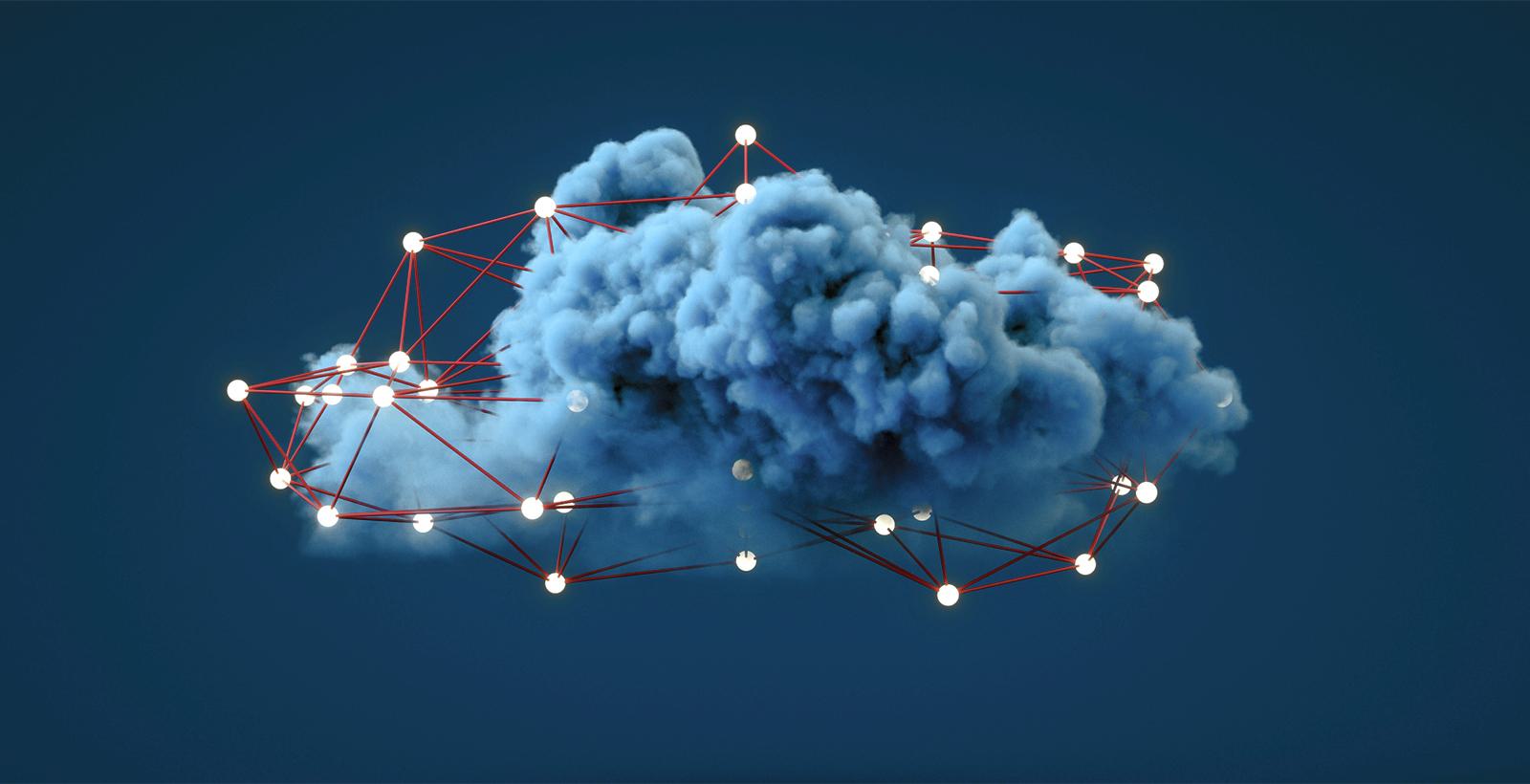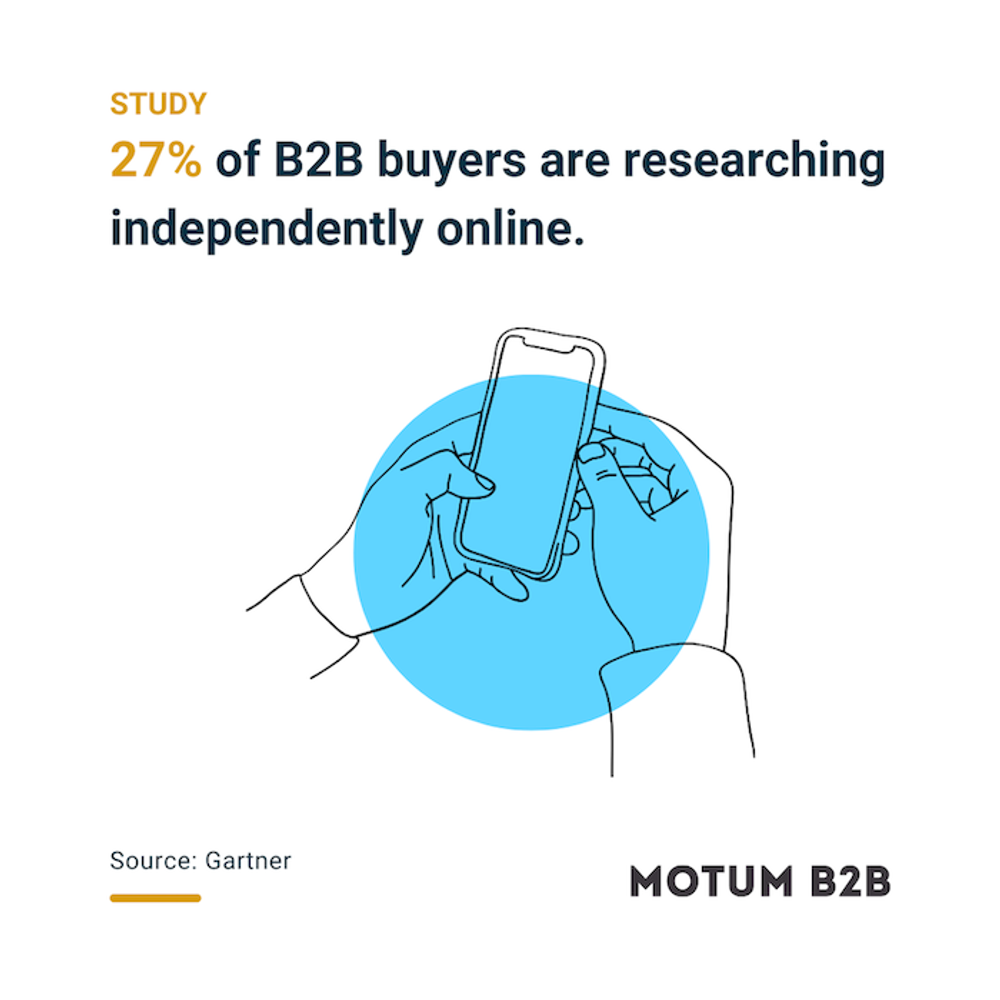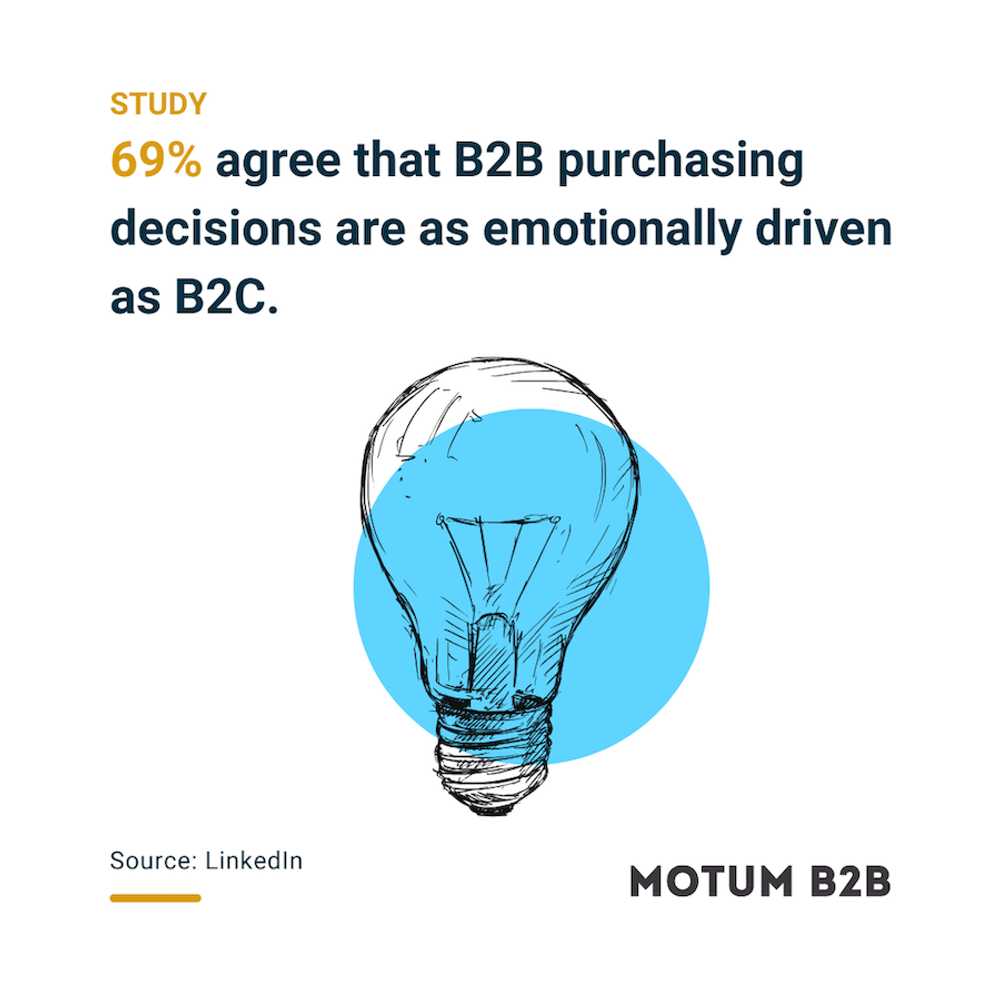5 content trends that will shape the B2B industry in 2024
Take a look at what’s set to impact the industry over the next year and beyond.

As you might expect, the B2B landscape changed a lot in 2023. We tracked those changes, talking about everything from artificial intelligence to UI design on our blog, and put the insight into action for our clients.
To start the new year, we looked at the content trends we expect to develop over the next 12 months.
1. An evolution in the AI conversation
From the risks it poses when it comes to copy generation and image creation to the best ways for B2B marketers to familiarize themselves with it, 2023 was rife with talk of AI. In 2024, it looks like those conversations are going to continue. In fact, Content Marketing Institute found that over 70% of B2B companies plan to use generative AI tools this year.
We can expect to see an evolution in those conversations and how businesses use AI as the initial scramble settles and brands find actionable use-cases for it.
As part of that, there’ll be a reappreciation of the human element and a refining of processes that sees how AI is used not as a replacement, but as a support for other processes.
As our Senior Copywriter said, “not all AI tools are created equal, but the process of exploring both the potentials and pitfalls of AI has reemphasized the need for human-made content – content that is researched, verified, designed, and written by humans.”

2. Embracing shifts in the B2B sales funnel
Something else that was a hot topic throughout 2023 was how the B2B sales funnel is changing. What was traditionally linear is now something more fragmented and complicated. Rather than entering at the top and working their way down, customers skip stages, discover things differently, and interact at different touchpoints.
According to a study from Gartner, 27% of B2B buyers are researching independently online and 77% stated that their latest purchase was very complex or difficult.
Throughout 2024, we can expect to see B2B brands trying to cater to those changing behaviours, creating content that focuses on value and interactivity at the top of funnel, going out of their way to meet their buyers where they are, and minimizing the complexity that currently comes with B2B sales.
3. More conversations about personalization
At the start of 2023, we talked about the evolution of personalization to include a shift in perspective amid growing concerns around data privacy.
We said that, rather than creating content based on limited data points, B2B marketers can (and should) create content that captures more holistic information about its audience.
In 2024, personalization won’t be going anywhere and will continue to be a key priority for B2B brands. It’s also a shift that sits in line with research from Gartner that shows that, by 2025, more than 80% of B2B sales interactions will take place on digital channels.

4. An opportunity for creativity
In the face of excessive AI talk and research suggesting that 80% of B2B customers expect to receive a buying experience that’s more in line with B2C, there’s a unique opportunity for B2B brands to prioritize their creativity and leverage video, content creation, and messaging to stand out from the crowd.
Plus, in a 2022 study, it was found that 69% agree that B2B purchasing decisions are as emotionally driven as B2C, with almost 40% saying they’re increasingly harnessing storytelling, emotion, and humour to make their creative campaigns stick.
This year will see all that come to fruition with marketers trying to move away from stock visuals, introduce interactive elements that gamify or elevate standard B2B experiences, and lean into the reality that we’re all humans talking to other humans.
5. A rise in B2B influencers
According to a recent study from Ogilvy, 75% of B2B businesses are currently using influencers and, of those that don’t, over 50% are planning on doing so soon. As an effective way of building trust around your products and services or humanizing your organization, and with proof of effectiveness within B2C, it makes sense that they’ll become more popular for B2B marketers in 2024.
As Dale Barnett said in the Influencer Marketing Trends for 2024 report, “now momentum for B2B is growing, marketers are naturally navigating towards LinkedIn due to the nature of its content. Recognizing recent growth in the sector, LinkedIn introduced a Brand Partnership labelling tool in September 2023 for use on paid posts.”